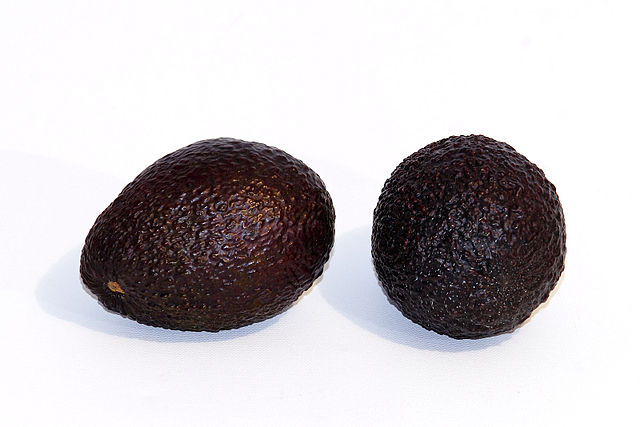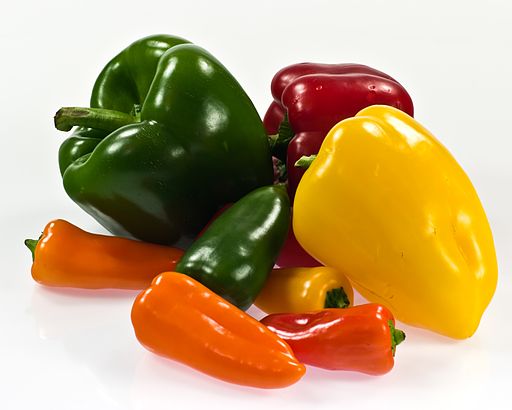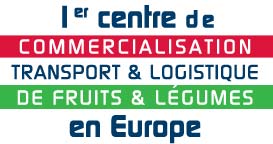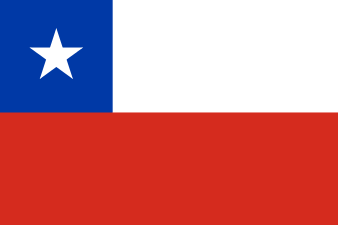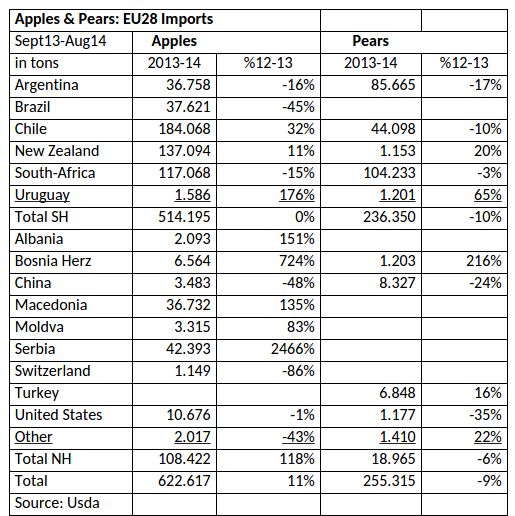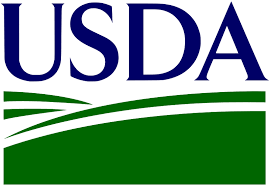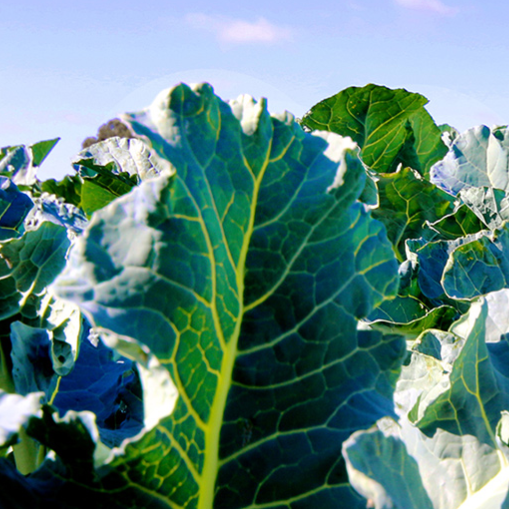
Growth in value and volume of US imports of fruit and veg
Next year will see a new record in agricultural imports by the United States with a likely total of $116 billion, up $6.8 billion on this year, the USDA’s Economic Research Service (ERS) says.
And along with this, US imports of fresh fruit and vegetables will gain in both volume and value, the ERS said its report “Outlook for US Agricultural Trade”.
“Horticultural product imports have continued to increase in value and are projected to exceed $50 billion in fiscal 2015. Led by fresh fruits and vegetables, which account for more than a third of the total horticulture import value, the other horticultural products are all expected to rise in 2015 in both volume and value,” it said.
Wine, beer, processed fruits, and processed vegetables are expected to together account for about $20 billion of the total horticulture imports, which in the last 23 years” have continuously increased in value (except in 2009). Import unit values for horticultural products are less volatile than for other major tropical commodities, and annual price changes have been typically small,” the ERS said.
Fruit imports to reach $10.3 billion
The outlook shows the country’s fresh fruit imports next year are estimated to reach a value of $10.3 billion, up from nearly $9.46 billion this year, with a volume of 11.4 million tons, up from 10.85 million.
The relative forecasts for fresh vegetables are a value of $7.1 billion and volume of 6.8 million tons, up from $6.65 billion and 6.4 million tons last year.
US fresh fruit & veg exports of $7.9 billion
Meanwhile the US 2015 export forecast for horticultural products is a record $37.0 billion, with fresh fruit and vegetable exports to deliver $7.9 billion of this. Exports to Canada, Europe, and Japan are expected to continue expanding, it said.
source: Outlook for US Agricultural Trade

